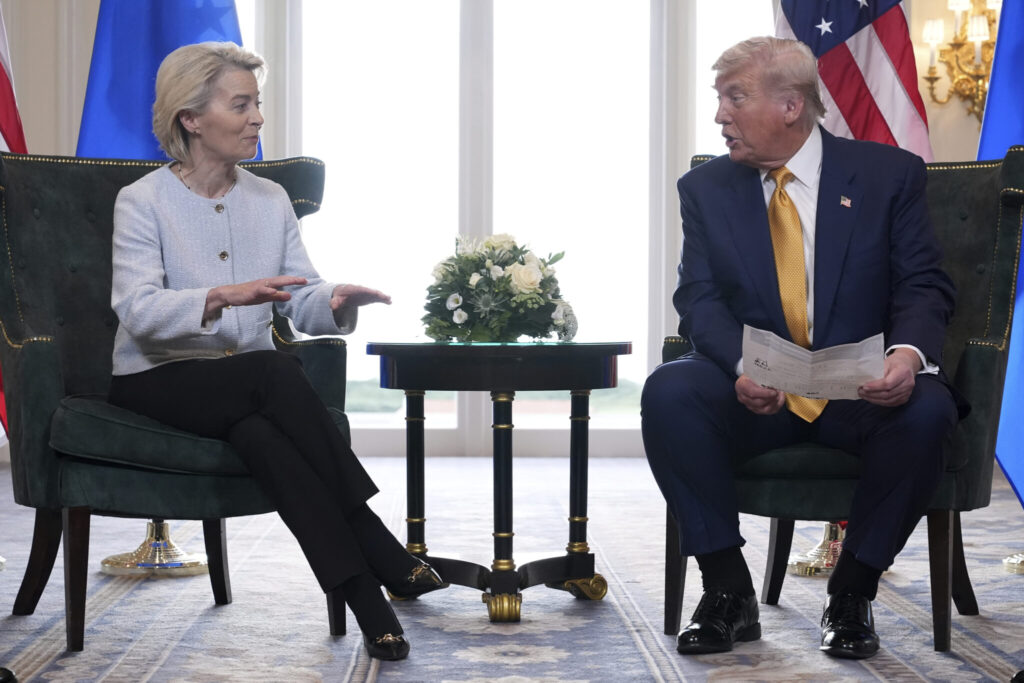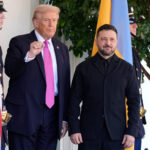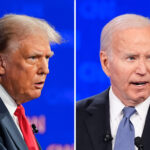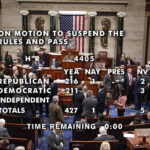US-EU Trade Deal Sets New 15% Tariffs, Excludes Wine/ Newslooks/ WASHINGTON/ J. Mansour/ Morning Edition/ The U.S. and EU released a tentative trade agreement featuring a 15% tariff on most EU exports to the U.S. Key sectors like wine, spirits, and steel remain unresolved as negotiations continue. EU leaders defended the deal as a step toward avoiding a broader trade war.
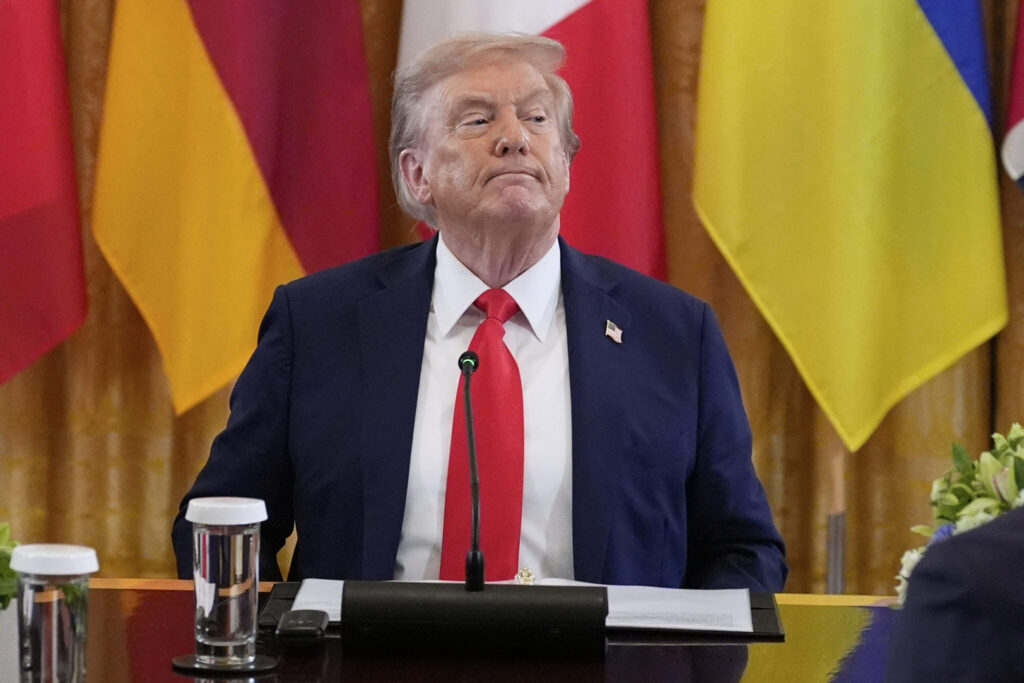
US-EU Trade Deal Framework Quick Looks
- U.S. imposes 15% import tax on 70% of EU goods.
- Zero tariffs for U.S. cars and select exports to Europe.
- Wine, spirits, and steel left out of initial agreement.
- Non-binding deal meant to prevent a larger trade war.
- $2 trillion annual transatlantic trade relationship impacted.
- EU commits to $750B in U.S. energy purchases, $600B in investment.
- Retroactive tariff reduction on EU cars from August 1 if implemented.
Deep Look: US-EU Trade Framework Introduces 15% Tariffs, Leaves Key Sectors Open
BRUSSELS (AP) — The United States and the European Union have unveiled the initial framework of a trade deal that significantly alters the terms of their vast $2 trillion annual economic relationship. The draft agreement, released Thursday, imposes a 15% tariff on roughly 70% of European goods exported to the U.S., while leaving critical sectors such as wine, spirits, and steel unresolved pending further negotiations.
The new trade framework, which reflects the Trump administration’s aggressive tariff strategy, departs sharply from standard trade agreements. Rather than a detailed, legally binding document spanning hundreds of pages, the release consisted of a concise 3.5-page political outline, signifying an intent to continue discussions rather than a finalized accord.
While imposing higher import duties, the deal exempts U.S. automobiles and other industrial exports from tariffs on the European side — a key win for American manufacturers. Additionally, aircraft and parts, along with generic pharmaceuticals and their ingredients, also enjoy exceptions from the 15% tariff, under the rationale that these goods are essential to both economies.
However, wine and spirits, long traded tariff-free since 1997, are now subject to the full import tax. European negotiators, led by Maros Sefcovic, acknowledged the sector’s exclusion and expressed hope that it could be revisited in ongoing talks.
“We haven’t secured that exemption yet, but the door isn’t closed forever,” Sefcovic stated.
Steel imports, another major point of contention, remain in limbo. A proposed tariff-rate quota for European steel — which would allow a set quantity at lower rates — is still under discussion, adding further uncertainty to a key industrial sector.
These developments come as the 15% tariff sharply contrasts with previous transatlantic tariff levels, which had typically hovered in the low single digits prior to Trump’s tariff surge. The impact of the new rate will largely fall on U.S. importers, who must either absorb the increased costs or pass them on to consumers.
The agreement sparked concern among European businesses and some member states, with critics claiming the EU conceded too much in return for limited relief. However, European Commission President Ursula von der Leyen defended the deal, emphasizing that it averts a more damaging 27.5% U.S. tariff on EU auto exports and opens the door to broader future exemptions.
“Faced with a challenging situation, we have delivered for our member states and industry,” von der Leyen said. “This is not the end of the process.”
The agreement allows for retroactive application of the reduced car tariffs from August 1, provided the EU enacts implementing legislation in time. European officials say that process is underway and will meet the deadline.
Alongside tariff provisions, the document includes non-binding EU commitments to facilitate $750 billion in purchases of American energy products, as well as $600 billion in European investment in the U.S. economy. These figures are based on the European Commission’s estimates of expected private-sector spending, rather than formal contractual obligations.
Sefcovic emphasized the broader implications of the agreement, noting that it restores stability to the transatlantic trade relationship and prevents further economic escalation.
“The alternative was a trade war with sky-high tariffs,” he said. “This builds confidence. It brings stability.”
While the document is light on enforceable language, it reflects an intentional political roadmap rather than a binding legal treaty. It signals both sides’ willingness to stabilize relations strained by recent years of tariff conflicts and political tension.
Ultimately, the trade framework serves as a first step in an evolving process, one that may see adjustments to tariff coverage, additional sector exemptions, and further alignment between the world’s two largest trading partners.
With both economies navigating complex global dynamics, including inflation pressures, energy supply shifts, and geopolitical concerns, this deal represents a strategic recalibration — even if it’s still a work in progress.

